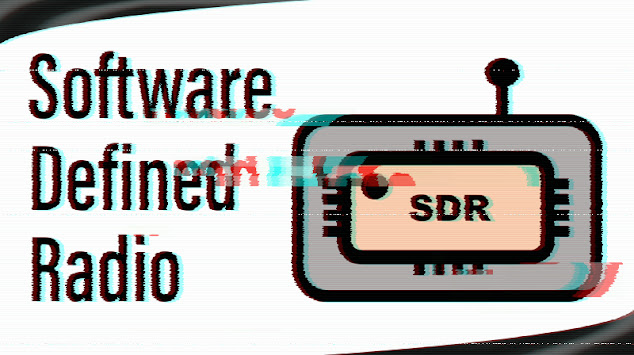Software-Defined Radio (SDR): Revolutionizing Wireless Communication
Software-Defined Radio (SDR): Revolutionizing Wireless Communication
The realm of wireless communication has undergone a significant transformation in recent years with the advent of Software-Defined Radio (SDR). This revolutionary technology has disrupted traditional approaches to radio frequency communication by introducing flexibility, reconfigurability, and enhanced performance. In this article, we delve into the world of SDR, exploring its principles, benefits, applications, and the impact it has had on various industries.
Understanding SDR:
At its core, Software-Defined Radio refers to a communication system where hardware components that were previously dedicated to specific tasks are replaced or supplemented by software algorithms. Traditional radio systems are designed with fixed hardware configurations to perform specific functions, making them inflexible when it comes to adapting to new standards or emerging technologies. SDR, on the other hand, separates the hardware and software layers, allowing for the dynamic reconfiguration of radio parameters.
Key Advantages:
01-Flexibility and Adaptability:
SDR's most prominent advantage lies in its flexibility. By relying on software to define signal processing and modulation/demodulation techniques, SDR platforms can be updated remotely to support new standards, protocols, or features. This adaptability significantly extends the lifespan of SDR-based devices.
02-Cost-Efficiency:
Traditional radios require new hardware for each new standard, resulting in higher development and manufacturing costs. SDR eliminates the need for constant hardware upgrades, reducing costs associated with replacing or retrofitting equipment.
03-Spectrum Efficiency:
SDR systems can efficiently utilize available spectrum resources through techniques like cognitive radio. These systems can intelligently sense and adapt to the spectrum environment, avoiding interference and optimizing spectrum utilization.
04-Research and Development:
SDR platforms provide a testbed for researchers and engineers to experiment with new communication techniques without requiring custom hardware. This accelerates innovation and the development of advanced communication technologies.
Applications of SDR:
01-Wireless Connectivity:
SDR is a foundational technology for wireless communication, enabling ubiquitous technologies like Wi-Fi, cellular networks, and satellite communication. It allows these technologies to evolve seamlessly to meet increasing demands for data rates and connectivity.
02-Public Safety and Defense:
SDR has transformed public safety and defense communication. Emergency responders can use SDR-based devices to communicate across different frequency bands and protocols during disasters or emergencies, improving interoperability.
03-Aviation and Aerospace:
SDR's flexibility is crucial in aviation and aerospace, where various communication standards and protocols coexist. SDR-based radios simplify equipment design, reduce weight, and enable better communication between air traffic control and aircraft.
04-Wireless Innovation:
SDR provides a platform for experimenting with emerging wireless technologies like 5G and beyond. It enables quick prototyping and testing of new modulation schemes and protocols.
Challenges and Future Outlook:
While SDR offers numerous benefits, it also comes with challenges. Security concerns related to reconfigurable software systems must be addressed to prevent unauthorized access and tampering. Additionally, the computational requirements of SDR systems may pose power efficiency challenges in resource-constrained environments.
Looking ahead, SDR is expected to continue playing a pivotal role in the evolution of communication systems. As the world becomes more connected, the demand for flexible and adaptable communication technologies will only increase. Researchers and engineers will strive to enhance SDR's capabilities, making it an indispensable tool in the ever-evolving landscape of wireless communication.
Conclusion:
Software-Defined Radio stands as a testament to the power of software-driven innovation in the field of wireless communication. Its ability to decouple hardware from software has not only revolutionized the way communication systems are designed and deployed but has also paved the way for a more connected and adaptable future. As SDR technology matures and integrates into various industries, we can expect a more dynamic and efficient wireless communication ecosystem.

